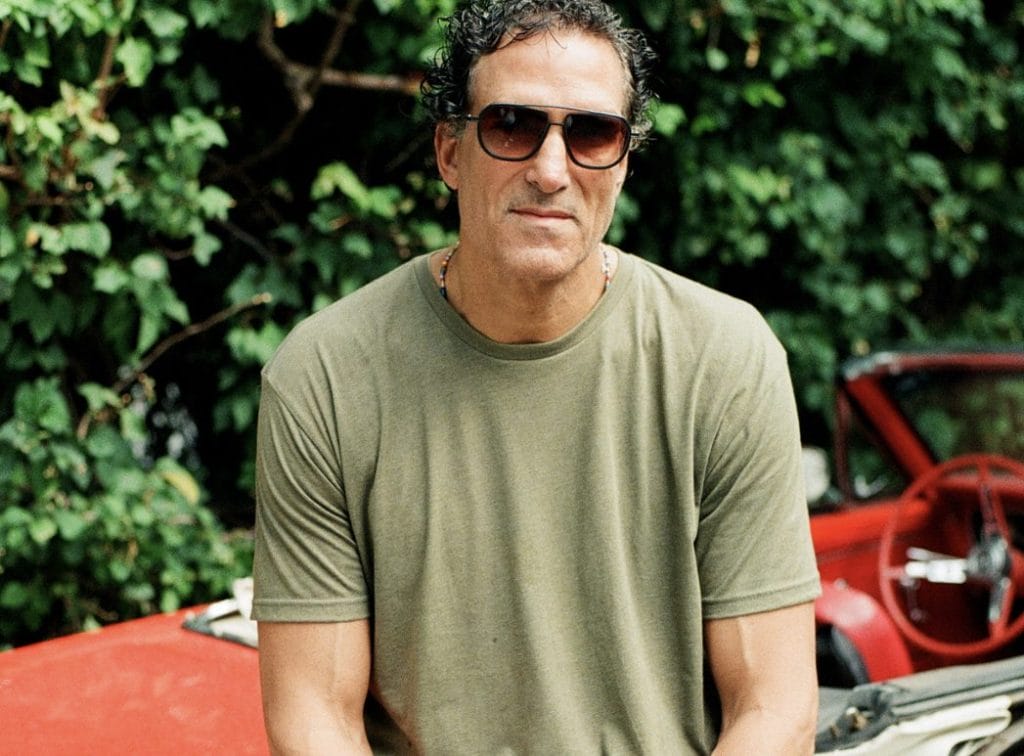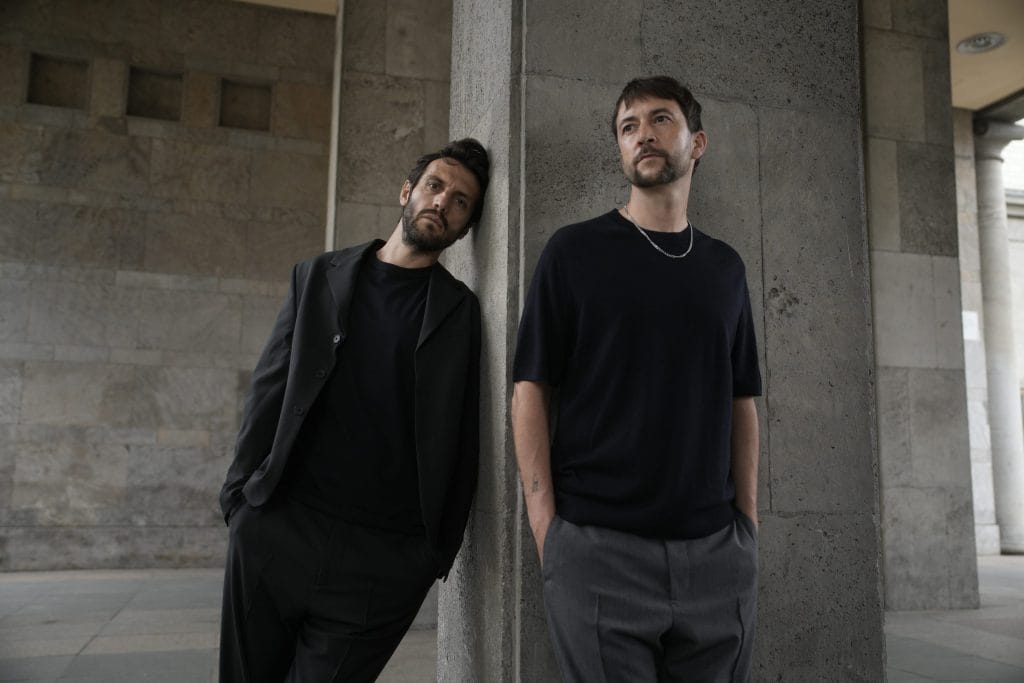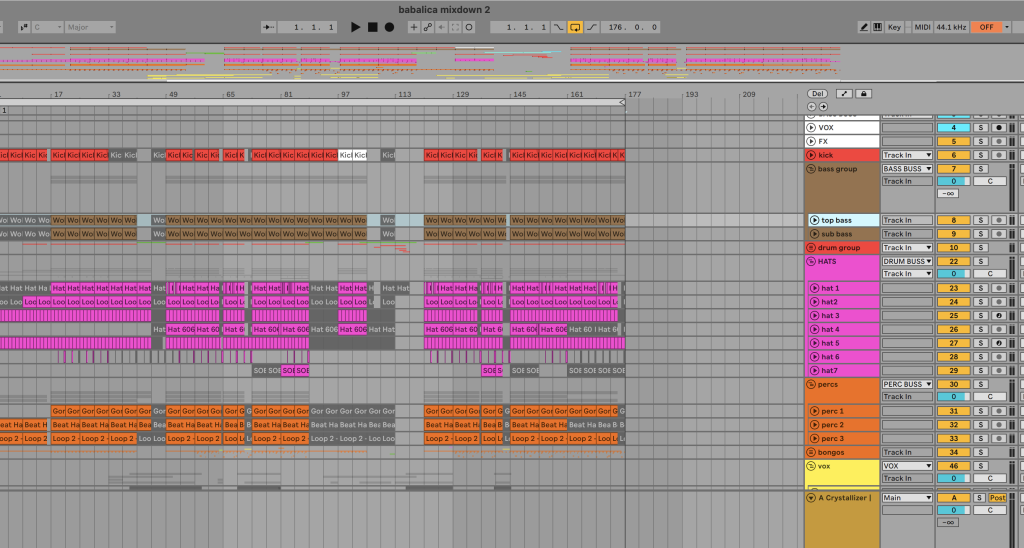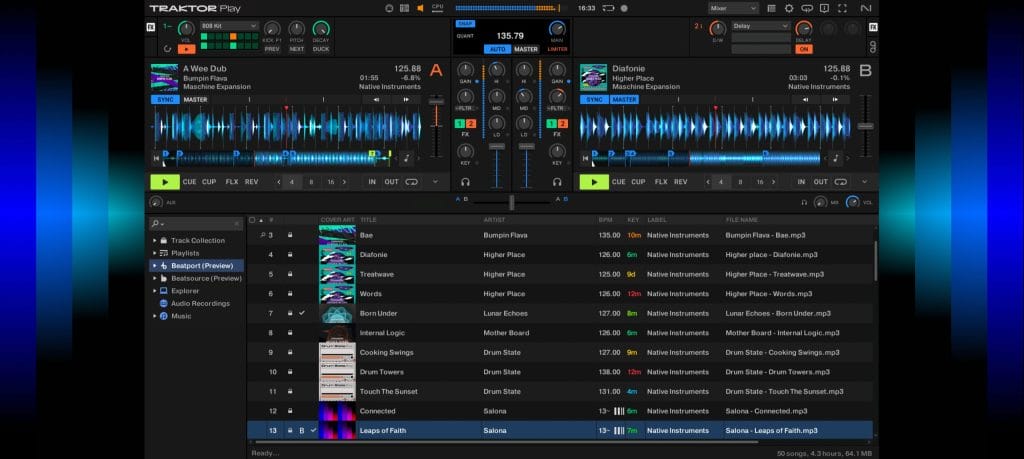Rony Seikaly’s Walking Out of the Dark EP doesn’t follow a formula—and that’s the point. Across its three tracks, he moves between deep, raw percussion and sunlit Ibiza-ready grooves, balancing dancefloor function with personal instinct. Out now on his own Stride label, it’s a project that reflects how far he’s come—both as a producer and curator of his own sonic world.
In this interview, Rony explains how “Mariposa” became the soul of the EP, why emotional resonance is the deciding factor for every idea, and how launching Stride Records changed his relationship with creative decisions. He opens up about the difference between ideas that move you and ideas that just take up space—and why trusting his gut always wins over fixing something broken.
It’s a look inside the head of a veteran producer who’s still evolving—track by track, release by release.
Do you think of the EP as a single story or three standalone moments? How does that shape your creative decisions?
My creative decisions when producing can vary from moment to moment. That’s to say, each particular situation shapes the approach I take with each release.
So, There’s no method to the madness. I like to experiment with different vibes to demonstrate my bandwidth. I believe that in Mariposa EP, each track lives on its own, but together they create a shared mood.
“Mariposa” has a distinct energy – what was the first spark for that track, and how did it evolve?
I do think Mariposa has a distinct energy. When I started producing it, the first spark came from the vocal—it unlocked the emotional core of the track.
From there, it became about building around that—subtle layers, grooves that breathe, nothing forced. The creation of a track has to be naturally fluid, and only in that way will the gears fall into place.
Why did “Mariposa” feel essential to the EP? What role does it play within the three-track journey?
Mariposa was the trigger, and It’s the heart of the EP. It brings the soul and warmth that sets the tone for what follows. I like to experiment with different vibes when it comes to each track I create.
Every track on the Mariposa EP lives on its own, but together they create a shared mood.
When producing this 3-track EP, how do you decide which ideas deserve to be part of that limited space?
It comes down to emotional resonance. Does the track say something? Does it move people—in headphones, in the club, or both? I only choose tracks that have both that personal weight and technical strength.
What does it feel like when you know an idea is worth chasing?
It’s totally intuitive. There’s a spark—something that makes me want to build. Some peculiarity in the first brushstrokes of a track and a feeling I get in my body when I listen back to it—that’s what pushes me to keep working on the idea. From there, the time I spend in the studio doesn’t feel like work at that point—it feels like flow.
Do you have a personal test for figuring out if it’s “good”?
Whenever I finish a track, I let it breathe—I don’t listen to it for a while. So if I still feel something after stepping away for a few days, it’s good.
When the track is ready to be part of one of my live sets and if it gives me goosebumps when I test it live, it’s a track that is staying and will later become part of an EP.
When have you ignored an early idea and regretted it?

I finished many songs that I didn’t really feel in the end. I spent too much time trying to make them better. Once I start wrestling that bear, I end up wasting time and still not liking the track.
So now, I am cognizant of trying to fix anything. If it’s broken, I leave it alone. I can spend a few hours to make a new track, or spend two days trying to fix one. I prefer the former.
How do you spot a throwaway vs. something foundational?
Throwaways are forgettable—they don’t pull you in emotionally. Foundational ideas have gravity. They hold the room.
Have you ever finished a song you didn’t believe in? How did it feel and what became of that track?
At the end of the day, after making hundreds of tracks, your general senses about the quality of a track will never be accurate. Some tracks turn out better than I thought and vice versa. But in general, my hopes have always been, “this is a hit” to only realize, it’s just a hit in my head. On the flip side, the tracks you think are just ok, might be the tracks everyone loves. You can’t predict everything.
What’s one idea that felt small but changed everything later?
Launching Stride Records. At first, it was just a way to release music on my own terms. But it’s growing into something bigger and a place for shaping sound and curating a vision that’s bigger than any single track.
How often do you get it wrong — and what do you learn from that?
I get it wrong all the time. That’s part of evolving and growing. The key is not being afraid to admit you failed and start over. Each “miss” makes you better.
The post “If It’s Broken, I Leave It Alone”: Rony Seikaly on His Editing Philosophy In The Studio appeared first on Magnetic Magazine.






